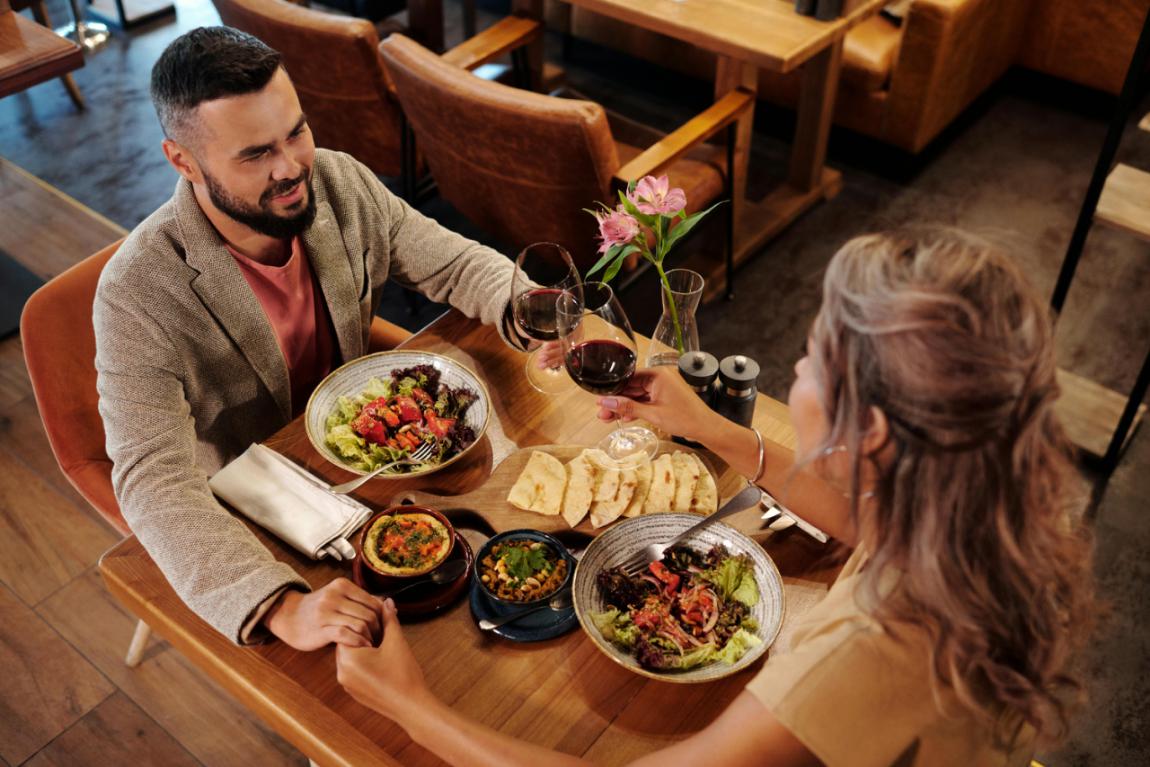
In my adult life, complete with a career and an apartment, I amusingly still refer to supermarket-bought parmesan as ‘shaky cheese.’ A childhood nickname that has inexplicably stuck. Consequently, my thoughtful significant other often inquires if I’d like some ‘shaky cheese’ with my pasta. This term, of course, doesn’t make its way into our conversations at upscale restaurants. Instead, it’s our private lingo.
Thanks to TikTok, I recently discovered that what my partner and I share is known as ‘marriage language.’ With over 33 million views, #MarriageLanguage has become TikTok’s latest viral relationship challenge. Accompanied by humorous music and utilizing TikTok’s eyes and mouth overlay, couples are divulging the whimsical labels and nonsensical terms they’ve coined for everyday items. Examples range from referring to bubble baths as ‘t-t-tubbins’ to calling curtains ‘flying blankies’ and even labeling toilet paper as ‘shib tickies.’
A significant portion of these linguistic innovations revolves around food. For instance, couples affectionately dub peaches as ‘booty fruits,’ grapes as ‘gape,’ chicken as ‘snicken,’ pizza as ‘pisha,’ almonds as ‘aljohns,’ grilled cheese as ‘grilled smeeze,’ and water as ‘wawaneesa.’ There’s even a couple that simply refers to shrimp as ‘ewww.’
While the term may be new, the practice of ‘marriage language’ isn’t, according to Valerie Fridland, PhD, a sociolinguist and author of ‘Like, Literally, Dude: Arguing for the Good in Bad English.’ She explains that people have always gravitated toward each other in their linguistic habits. The more they engage, the more their languages converge. Language, as a fundamental bonding trait, is naturally used in our mating habits.
Marriage language isn’t limited to married couples; it encompasses a collection of silly nicknames, inside jokes, and endearing phrases exclusive to the pair. Dr. Cara Gardenswartz, a clinical psychologist and founder of Group Therapy LA/NY, emphasizes that this special way of communicating signifies emotional togetherness, present in both married and unmarried relationships. There isn’t a defined ‘point’ in a relationship when this shared language emerges; instead, it evolves alongside the relationship’s growth. According to Dr. Fridland, it usually manifests when a couple feels secure and solid in their connection.
The origins of these linguistic nuances can vary. Often, they stem from childhood phrases, carrying the sweet and innocent vulnerability of family memories. Additionally, baby talk can also become a form of ‘marriage language,’ evoking a similar sweetness and vulnerability.”